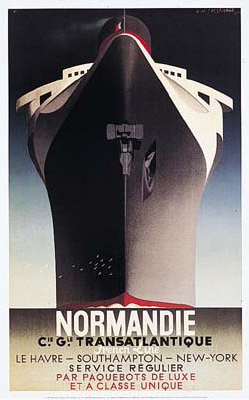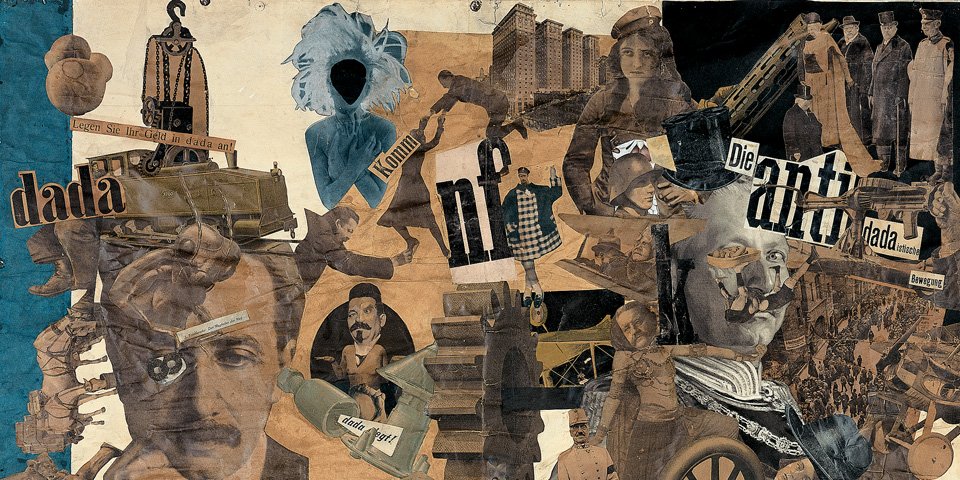This day was started with a new material, its about Idea Farming
But before that, sir Em told us about this...
Airdrop: Transfer files via local wifi
PDF: Portable Document Format by Adobe
Applications Used in this Class: Photoshop, Illustrator, InDesign
Idea Farming
To utilise your computer to get materials for your design 1. How to save IMAGES (Screen Capture, Save from Web)
2. How to save Web Pages (PDF or via certain app)
3. How to Save Video (Youtube)
SAVE IMAGES
Screen Capture (try):
- Cmd + shift + 3 = Whole Screen
- Cmd + shift + 4 = Selected Area
- Cmd + shift + 4 + spacebar = Active Window
- Right Click > Save Image As / Save to Downloads
- Click & Drag the Image to Desktop or intended place
SAVE WEB PAGES (Offline Viewing)
Goal: To keep the article as text document, so we can copy the content or we could search the content. All links are also active.
Example: Tutorial on the web
- Web Browser > Print > Save as PDF > fill in the necessary boxes > Save
- Application for Saving Web Pages > Evernote, Pocket (all free, download from AppStore)
- Via Browser: Safari-FastestTube
- Via 3rd Party Web Services: KeepVid, SaveVid
Then, we were discussing about last week's homework
and finally I know the function of option button :) so lets take a look!
so when it happens like this, don't worry, you can use the option button to modify the handle
after that I learnt how to trace kitchen utensils ;) so here's the steps
1. You have to open the image first, so click File > Place and choose your file
2. your picture will be appear on your artwork
3. I want to make my art board's divided into 4 parts so I'll use ruler as the divider. click View > Ruler
4. make the line from the ruler. you have to drag the line from the ruler until the blue line appears
5. take a look to the layers box, and double click
6. it will be appear layer options. I changed the name of the layer from "Layer 1" into "Reference 1". This layer's function is for the object (the image) that you want to trace so make sure you've ticked the Template box and Dim Images to box (this box is for image transparency).
7. I made the second layer. This layer is for my artwork (place for tracing)
your image will be like this
8. I started to trace the spoon. Make sure you use the "Artwork" layer while tracing
9. You can use wood texture by clicking Windows > Texture
10. you could also use gradient ;)
i tried tracing another kitchen utensils:
started to colour it!
Tada!
done ;-)






























































